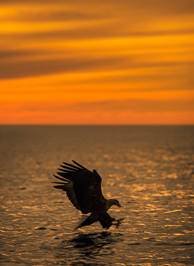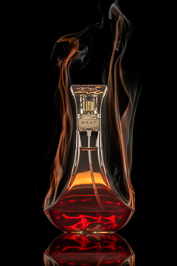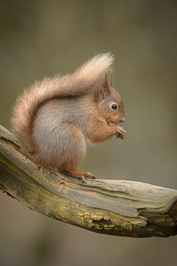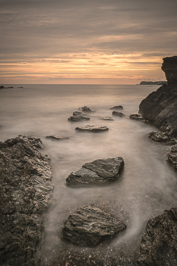| Home | About | Images | Photography Training | Workflow Training | Training Downloads | Norway Workshops | Blog | Prints | Contact |
|---|
Specialist in : Natural History & Landscape Photography : High Speed Motion Capture : Photography & Digital Workflow Training : Colour Management Services
Tailored Natural History Photography Tuition DaysCost £PoA variable | ||||||
|---|---|---|---|---|---|---|
|
|
Taking good wildlife and natural history images is not difficult, the trick is to mentally see the picture the want to take and then make it happen, which usually involves A LOT of waiting. |
| ||||
|
|
Most people think good wildlife photographers have bucket-loads of patience - NEWS FLASH - we are perhaps THE most impatient bunch of folk you'll ever meet. |
| ||||
|
|
But what we do have is a deep resignation towards the "hard yards" we put into a shot in terms of observation - subject behaviour, time of day, quality of background to the shot, quality of light and lens choice to name but a few. |
| ||||
| ||||||
|
|
All this ground work enables the proficient wildlife photographer to be in the right place at the right time and in the right conditions to "make the shot happen". |
| ||||
| ||||||
|
|
Tailored natural history photography days are structured around your current skill level, available equipment and chosen subject - macro, birds, mammals, flowers, fungi etc and can take place at a location of your choosing or one that I suggest. |
| ||||
| ||||||
|
|
Once at the location we will discuss how to analyse what is happening in terms of subject behaviour, light and weather conditions, and we'll go through the types of shot we can and cannot produce under the prevailing conditions. |
| ||||
| ||||||
|
|
Once we have decided on the shot we want to take we will go through the various technicalities in terms of camera and exposure settings we need in order to make the shot or shots happen. |
| ||||
|
|
Simple straight-forward observational analysis of events and conditions, coupled with just basic skills and adaptability will always result in good images. |
| ||||
|
|
It really is that simple.. |
| ||||
|
| ||||||
 |  |  |  |  |
|---|
If you want to bring a photographer friend with you on a training day then you can book a day for TWO and get a 10% DISCOUNT |
Book a tuition day for yourself together with a processing day and get a 10% DISCOUNT |
Email tuition@wildlifeinpixels.net to book your 1to1 training day or call 07971 427939/01270 766150 |


All images copyright © Andy Astbury/Wildlife in Pixels 2015. All Rights Reserved. Click here for Terms & Conditions |
|---|










